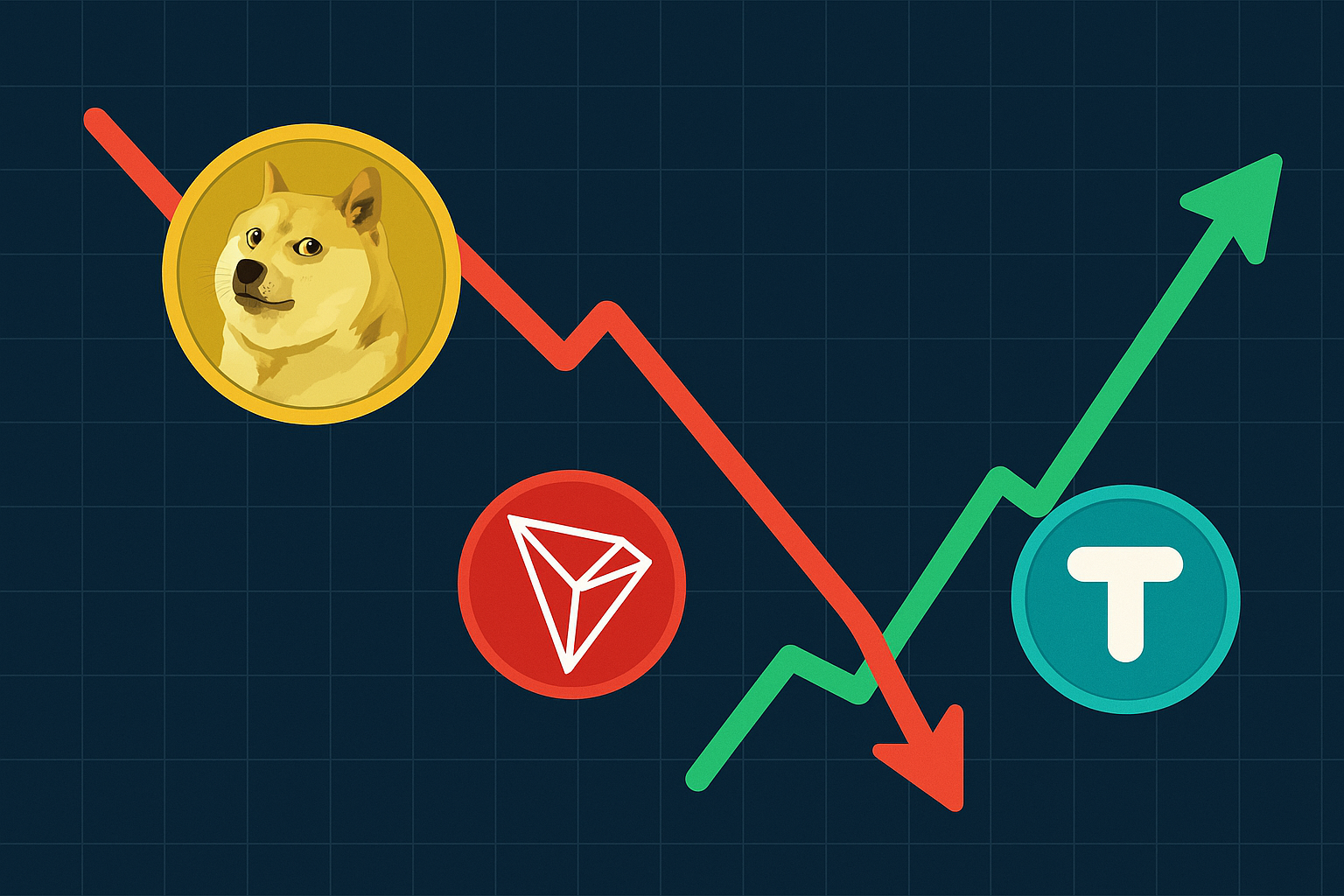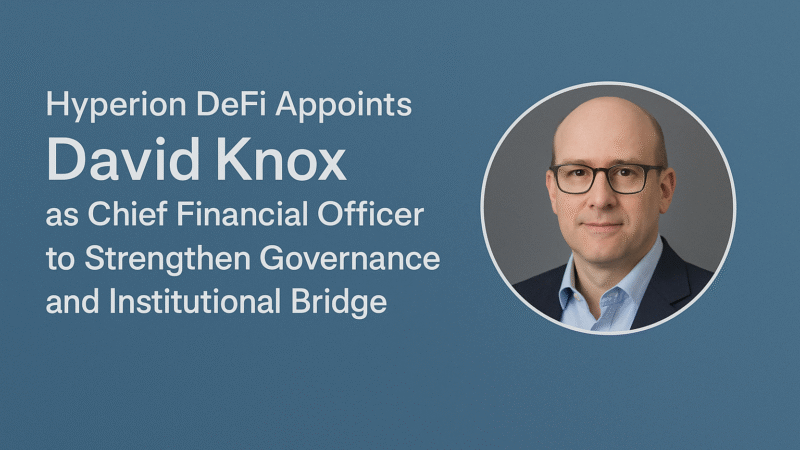Ethereum Layer 2s Pushing DeFi To New Heights: How Arbitrum And Optimism Are Driving The Market In 2025?
Introduction
The decentralized finance (DeFi) sector is experiencing a remarkable resurgence in 2025, fueled by a wave of innovation and scalability improvements, especially through Ethereum Layer 2 networks. Technologies like Arbitrum, Optimism, and other rollup-based solutions are no longer experimental—they are now central pillars in DeFi’s latest growth cycle. These Layer 2 platforms have significantly reduced transaction costs and improved network efficiency, helping make DeFi more accessible and appealing to both retail users and institutional investors.
This long-form article explores how Ethereum Layer 2s are pushing DeFi to new heights in 2025, diving deep into their technological benefits, current ecosystem roles, real-world adoption, and long-term implications for the broader crypto market.
Why Layer 2 Is The Backbone Of DeFi Growth In 2025?
The concept of DeFi has always been promising: peer-to-peer finance, free from centralized intermediaries, built on trustless protocols and smart contracts. Yet, scalability has long been one of Ethereum’s Achilles’ heels. High gas fees and slow transaction speeds plagued the early DeFi boom in 2020 and 2021, deterring average users and creating barriers for mainstream adoption.
Fast-forward to 2025, and the introduction and maturation of Ethereum Layer 2 solutions have fundamentally changed the game. Rollups like Arbitrum and Optimism compress data and computation off-chain, then report back to Ethereum’s mainnet for final settlement. This architecture has dramatically increased throughput while reducing fees to mere cents—a far cry from the $50+ transactions users endured during DeFi’s first peak.
The result? A flourishing DeFi market built on more efficient rails, capable of handling greater volumes, enabling micro-transactions, and opening the door for more sophisticated applications.
What Are Ethereum Layer 2s And How Do They Work?
Layer 2 solutions are scaling protocols that operate on top of Ethereum’s base layer. They are not separate blockchains but rather extensions of Ethereum that handle transactions off-chain while still relying on Ethereum’s security and finality.
The most widely adopted Layer 2 technologies include:
Arbitrum: A leading Optimistic Rollup solution known for high throughput and compatibility with Ethereum’s tooling.
Optimism: Another Optimistic Rollup with strong developer community and native support for decentralized applications.
zkSync and StarkNet: Zero-knowledge rollup platforms focusing on privacy and scalability using cryptographic proofs.
These platforms batch multiple transactions off-chain and submit them in compressed form to the Ethereum mainnet, reducing congestion while inheriting the chain’s security. This model creates a win-win scenario: Ethereum retains decentralization and security, while Layer 2s provide performance.
In 2025, these platforms are not merely theoretical or in development—they are integral infrastructure in the DeFi ecosystem.
Lower Gas Fees And Higher Speed: The Catalyst For DeFi Accessibility
For DeFi to scale, accessibility is non-negotiable. The cost of interacting with smart contracts must be minimal. In 2021, swapping a token on Uniswap could cost upwards of $80 during peak congestion. That price tag limited DeFi to high-net-worth users or speculative traders willing to absorb the fee.
Today, on Arbitrum or Optimism, the same token swap can cost as little as $0.02. This dramatic cost reduction has fundamentally altered user behavior. More people can engage with yield farming, staking, lending, and decentralized exchanges without worrying about gas inefficiencies.
Lower fees also enable innovation in areas previously deemed impractical, such as:
- Micro-lending platforms.
- Pay-as-you-go DeFi services.
- Real-time on-chain gaming economics.
- Cross-border micropayments.
Developers are no longer constrained by Ethereum’s scalability limitations, allowing for more ambitious product development.
Institutional Adoption: How Layer 2 Is Attracting Bigger Capital?
While DeFi originally catered to individual retail users, 2025 is seeing growing interest from institutional players. Hedge funds, venture firms, and even traditional banks are now experimenting with DeFi. Layer 2 solutions play a pivotal role in this shift.
Why? Because Layer 2 networks offer the transaction reliability, audit trails, and scalability needed for institutional-scale operations. Unlike the early days of DeFi—where transactions were slow and expensive—today’s infrastructure can support:
- High-frequency trading bots.
- Institutional staking pools.
- Cross-chain DeFi strategies.
- Asset tokenization and on-chain compliance modules.
Arbitrum and Optimism now feature enterprise-grade analytics, developer dashboards, and secure oracles, providing the foundational services institutions require to interact with DeFi securely and efficiently.
Developer Momentum: Building The Next Generation Of DeFi Apps
The developer community has embraced Layer 2 with enthusiasm. Protocols are rapidly migrating or launching natively on these networks to take advantage of lower operating costs and larger user bases. In fact, Ethereum Layer 2 networks now host:
- Versions of Uniswap, Aave, and Curve.
- New lending protocols offering real-world asset collateral.
- Insurance platforms with parametric smart contracts.
- Options and derivatives markets with near-instant execution.
Tools like the Arbitrum Nitro upgrade and Optimism’s OP Stack are also making it easier to build modular applications with cross-compatibility across different rollup ecosystems.
In 2025, it is not uncommon for new DeFi projects to skip Ethereum mainnet altogether, launching directly on Layer 2 for optimal performance and UX. This signals a paradigm shift in how DeFi development is conceptualized and executed.
Layer 2 Liquidity Growth: The Metrics That Matter
The surge in DeFi activity on Layer 2 is not anecdotal—it’s backed by data. As of mid-June 2025:
- Arbitrum holds over $19 billion in total value locked (TVL), a 45% increase from Q1 2025.
- Optimism has surpassed $12 billion TVL, with daily active users crossing 1.2 million.
- Average transaction costs are under $0.05 across both platforms.
- Cross-chain bridges have transferred more than $40 billion in assets to Layer 2 networks.
These figures highlight growing user trust, capital migration, and application usage on Layer 2, cementing their role as DeFi’s main engine.
Challenges And Risks: Not All Smooth Sailing
Despite the progress, Layer 2s are not without challenges. A few key concerns still persist:
Security risks: While Layer 2s rely on Ethereum’s security, bugs in bridge contracts or rollup code can be exploited.
Centralization concerns: Some Layer 2 sequencers are still controlled by the founding teams, creating governance risks.
Liquidity fragmentation: With multiple Layer 2s, liquidity pools can become siloed, affecting efficiency and pricing.
User onboarding friction: Moving funds from Ethereum mainnet or centralized exchanges to Layer 2s still requires technical understanding.
Projects are addressing these concerns through audits, decentralization roadmaps, and user-friendly bridging tools, but full resolution will take time.
Interoperability And The Multi-Rollup Future
Looking ahead, the future of DeFi is multi-chain—and even multi-rollup. Projects like Chainlink’s CCIP, LayerZero, and Across Protocol are building infrastructure to facilitate seamless transactions between Layer 2s and other blockchains. This opens up the possibility of a more connected, high-speed DeFi ecosystem where users and liquidity can move freely.
For example, a trader could open a lending position on Arbitrum, swap assets on Optimism, and repay a loan on zkSync—all in minutes, with fees under a dollar. This level of interoperability is setting the stage for DeFi to rival traditional finance in terms of functionality and efficiency.
Final Thoughts
Layer 2 networks are not simply complementary tools—they are core components of Ethereum’s scaling vision and the foundation for DeFi’s evolution. Arbitrum and Optimism, once niche technical projects, are now essential highways for global financial activity.
With better performance, lower fees, and growing user bases, Ethereum Layer 2s are propelling DeFi into a new era of accessibility, efficiency, and innovation. As more capital flows into these platforms and developers continue building on top of them, the DeFi ecosystem of 2025 is set to exceed anything we imagined during the initial boom.
For investors, developers, and crypto enthusiasts alike, understanding the Layer 2 landscape is not optional—it’s critical for staying relevant in the next wave of decentralized finance.



